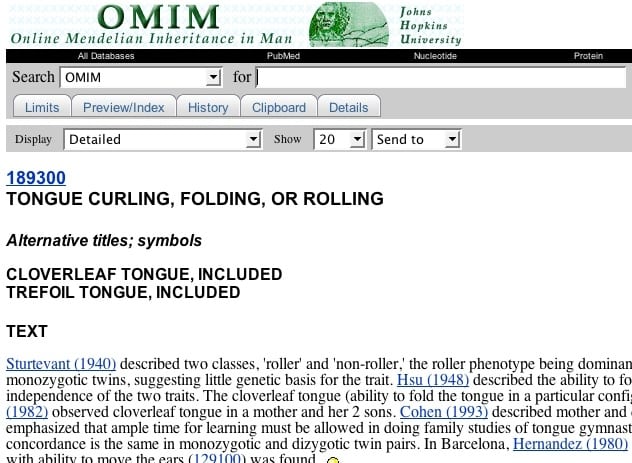
You may have already read about 23andWe and the ”Power of We” in earlier blog posts.
As the research arm of 23andMe, we’re hoping 23andWe can produce valuable discoveries about the genetic roots of diseases, conditions, and traits that are little-studied due to funding limitations, logistical obstacles or simple lack of interest among scientists. 23andMe’s payoff could prove enormous by offering insights that may eventually lead to risk predictions, diagnostics, treatments or even cures for diseases.
At 23andMe, we are all about grand ideas with big potential, and we are committed to realizing our vision, but how do you even start such a big project? You begin at the beginning, of course.
Where do you begin?
When we first started thinking about the traits we wanted to study in 23andWe, we faced a big problem. Out of all the possible traits out there, which ones should, we study first?
It’s both an overwhelming and wonderful problem to have, and one, I think, is pretty unique in the scientific community.
Most academic human genetics labs don’t have the luxury of splitting their research resources amongst many different problems. Subject recruitment, genotyping, and analysis are so difficult and expensive for even one trait that it’s usually feasible for only the largest and most well-funded centers to do this type of work. Limited funding usually also means that only the traits and diseases that are considered really serious get studied.
Unique Opportunity
In 23andWe, we saw a unique opportunity to tackle interesting and important questions about biology and disease that have so far been largely left unanswered.
Focusing on what has traditionally been understudied helped narrow down our field of research questions a little bit, but not that much. Frankly, not that many traits and diseases have been studied very well. So we had to apply a few more filters.
We wanted to pick topics that
– Are relatively simple, because we have to walk before we can run.
– Are easy to capture accurately over the Internet (which for now will involve online surveys).
– Will apply to a wide swath of the population.
– Already have some evidence in the literature for having a genetic basis
Tongue Curl
I can’t tell you how many PubMed (a biomedical literature search engine sponsored by the National Institutes of Health) searches we’ve done, nor how many 40-, 60-, and 80-year old papers we had to dig up to find some of the information we needed.
It’s been a fascinating project to work on. Did you know that people have been studying the inheritance of tongue curling for close to 70 years ? Turns out it’s not the simple Mendelian trait your high school biology teacher told you it was. Instead, tongue curling ability is probably determined by a mix of genetic and environmental factors.
Serious Conditions
It’s not all about tongue curling though. We’ve also been delving into the literature on many more serious health issues that affect large segments of the population but have not yet received as much attention as they deserve. These topics range from dyslexia to endometriosis, to migraine. We plan to collaborate with experts in the scientific and medical communities to push forward the limits of our knowledge on these important topics, with the long-term goal of helping to improve the quality of people’s lives.
In the coming months, you’ll start seeing the fruits of our labor as we roll out our first 23andWe projects. Of course, this is just the beginning. We’re going to spend countless more hours scanning our PubMed search results and fighting with the scientific journals’ user-unfriendly websites. And our thought processes, methods, and goals will continue to evolve as we gain experience and accumulate data. But it’s all worth it because the rewards are potentially great.
Stay posted…



